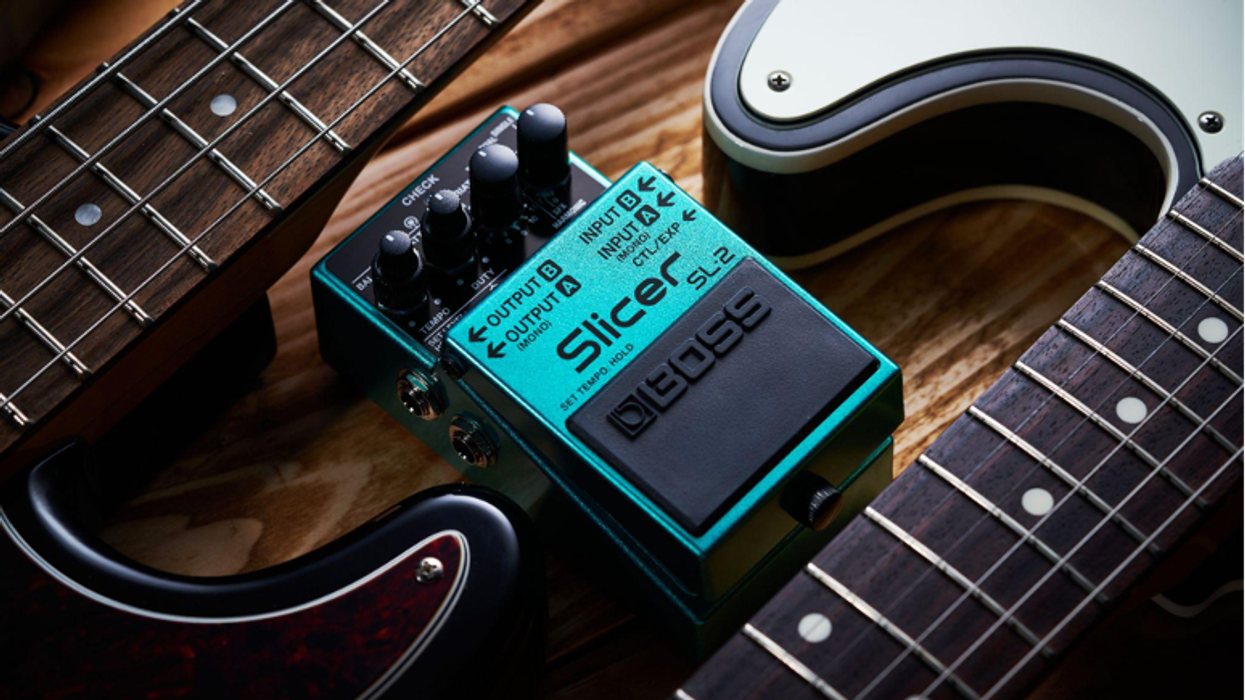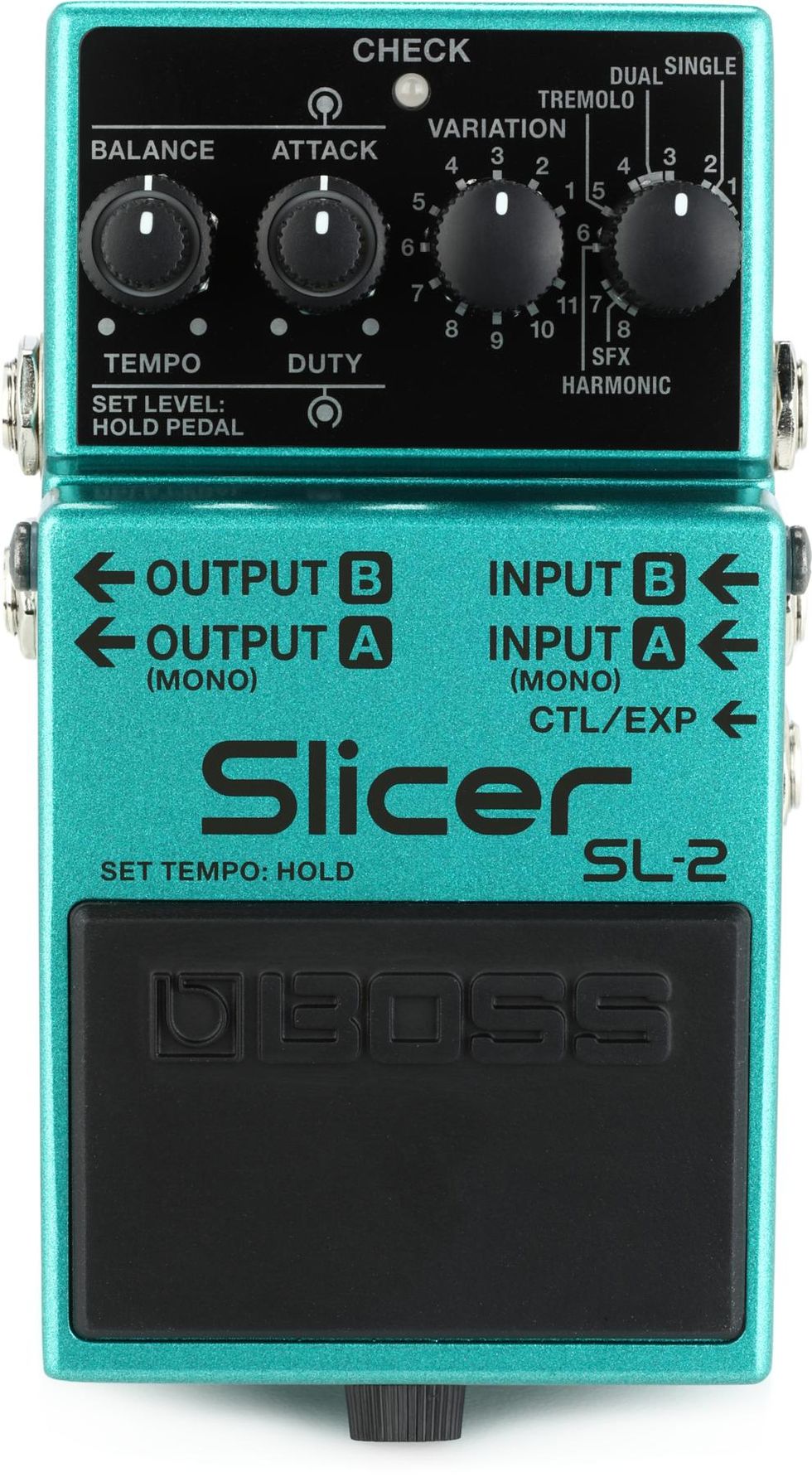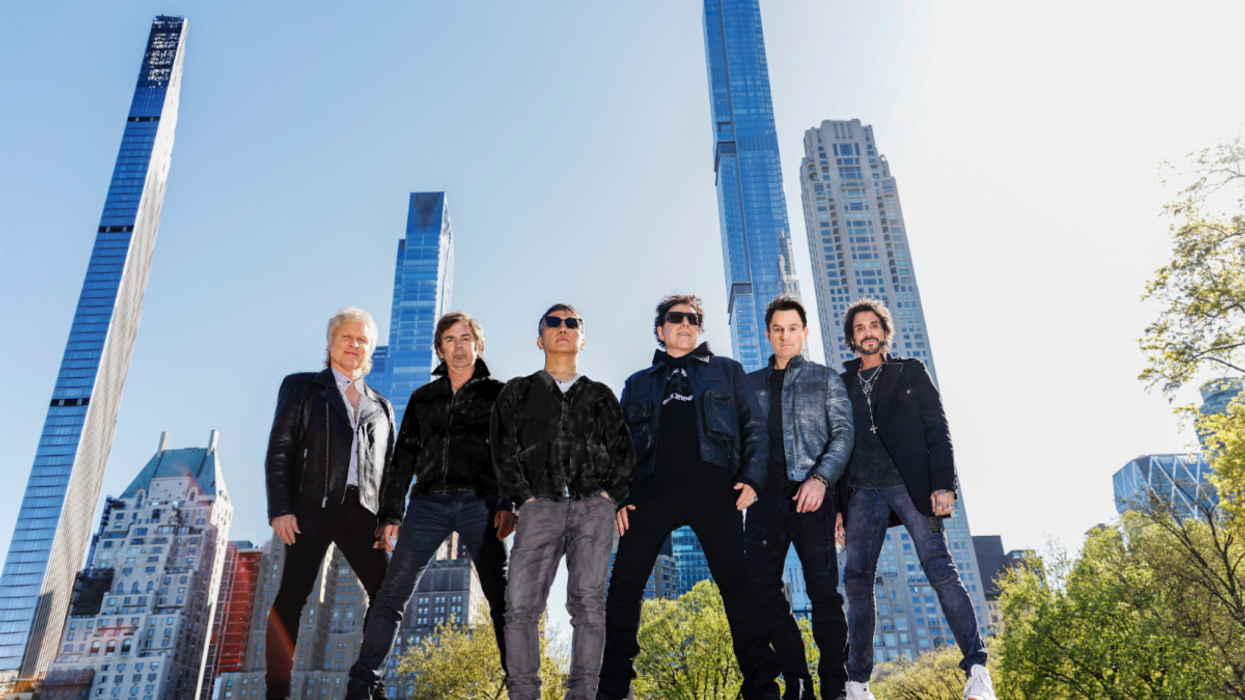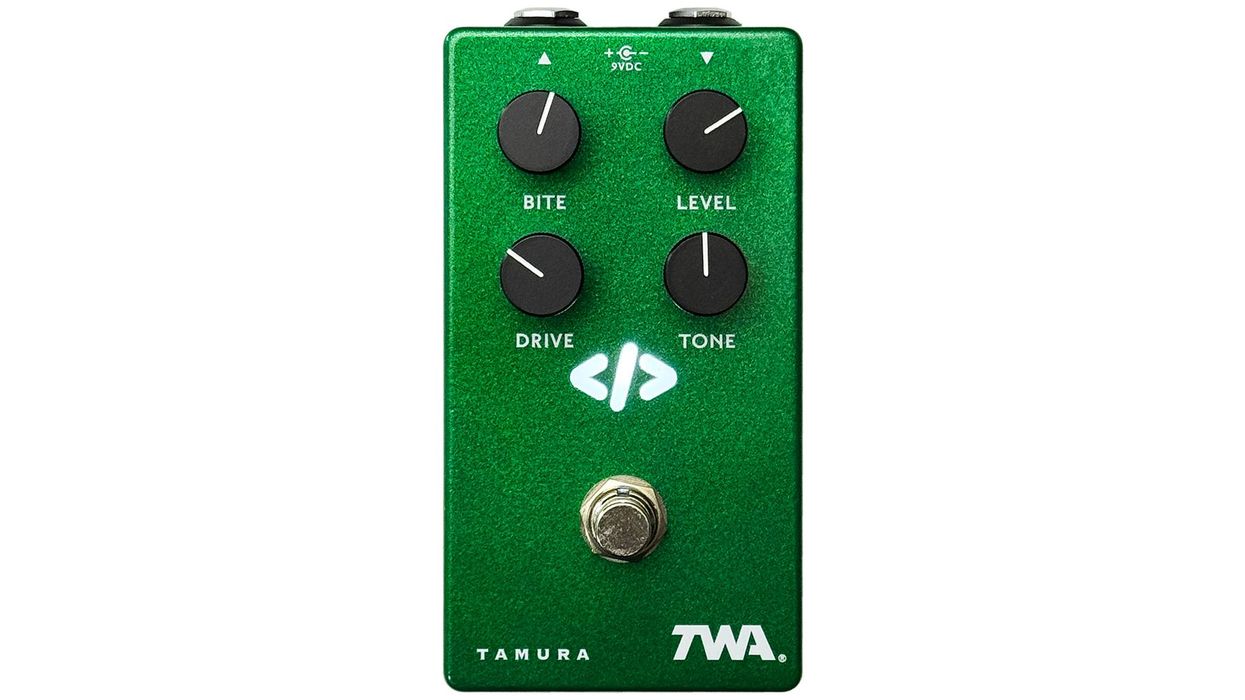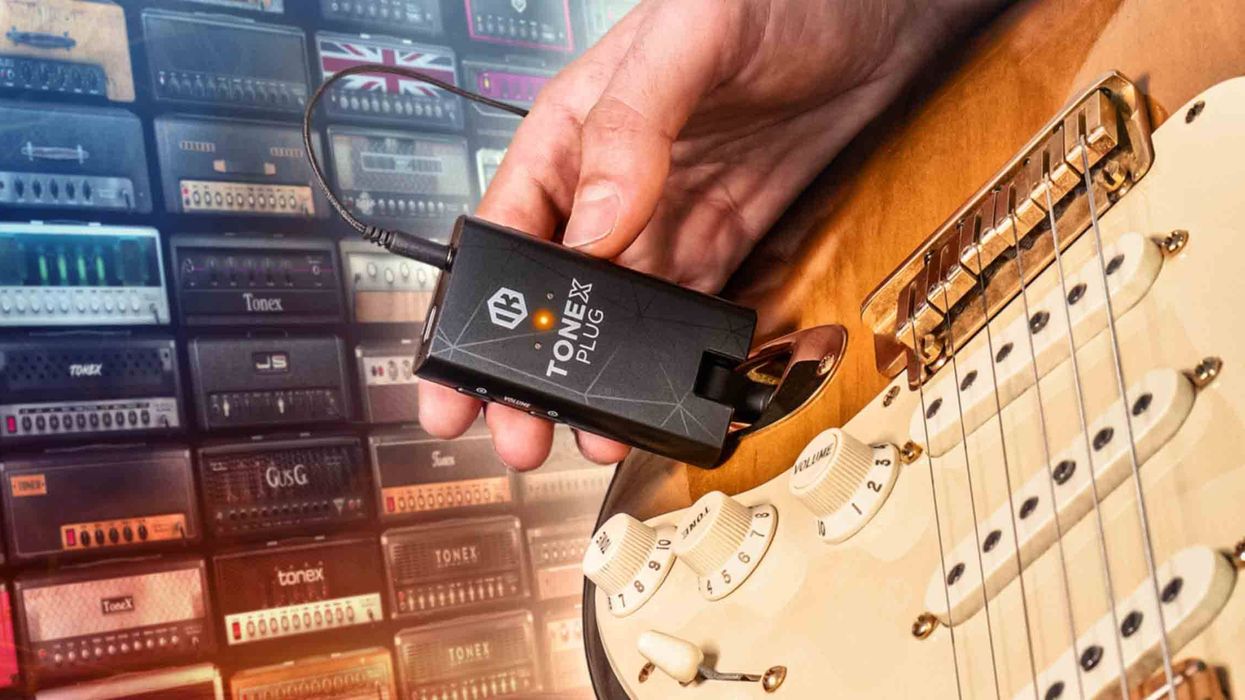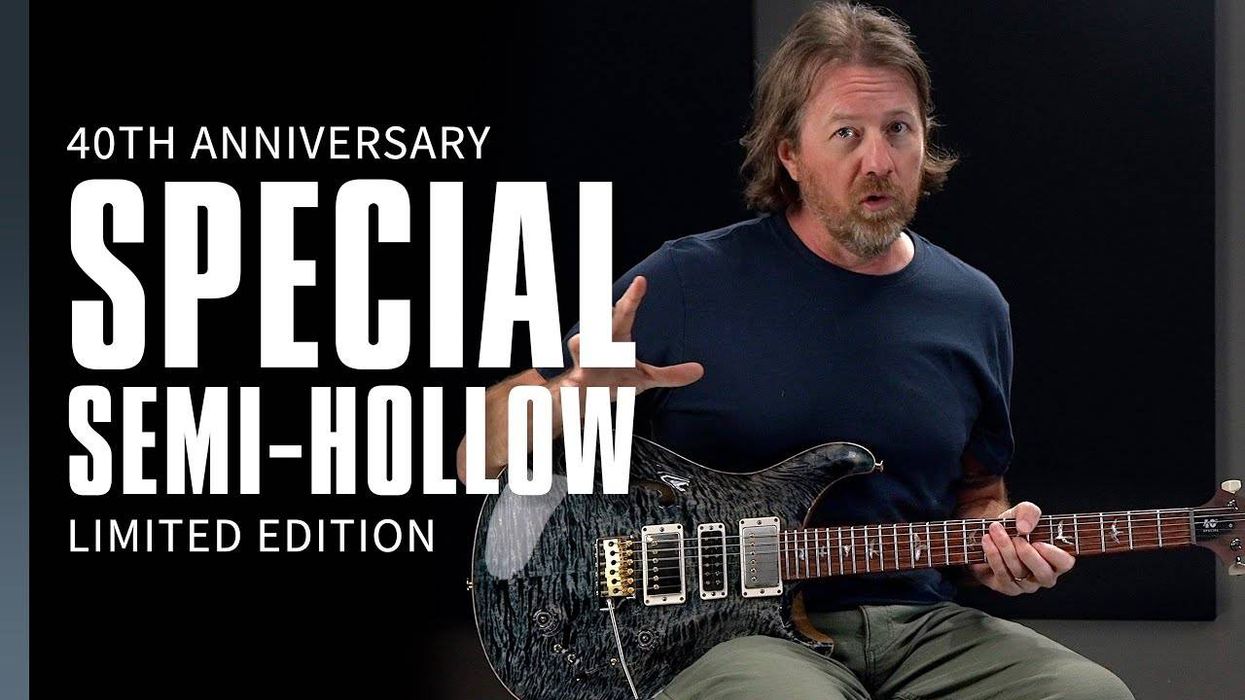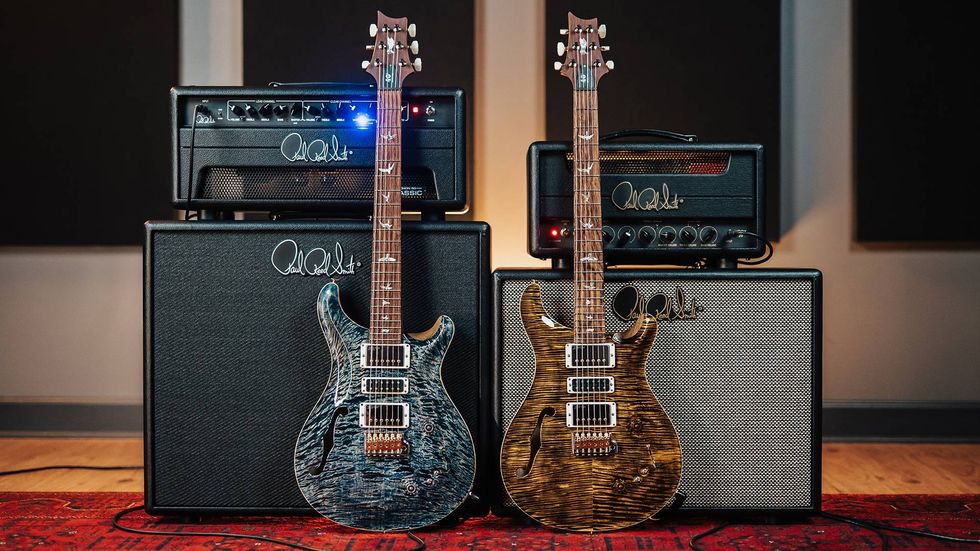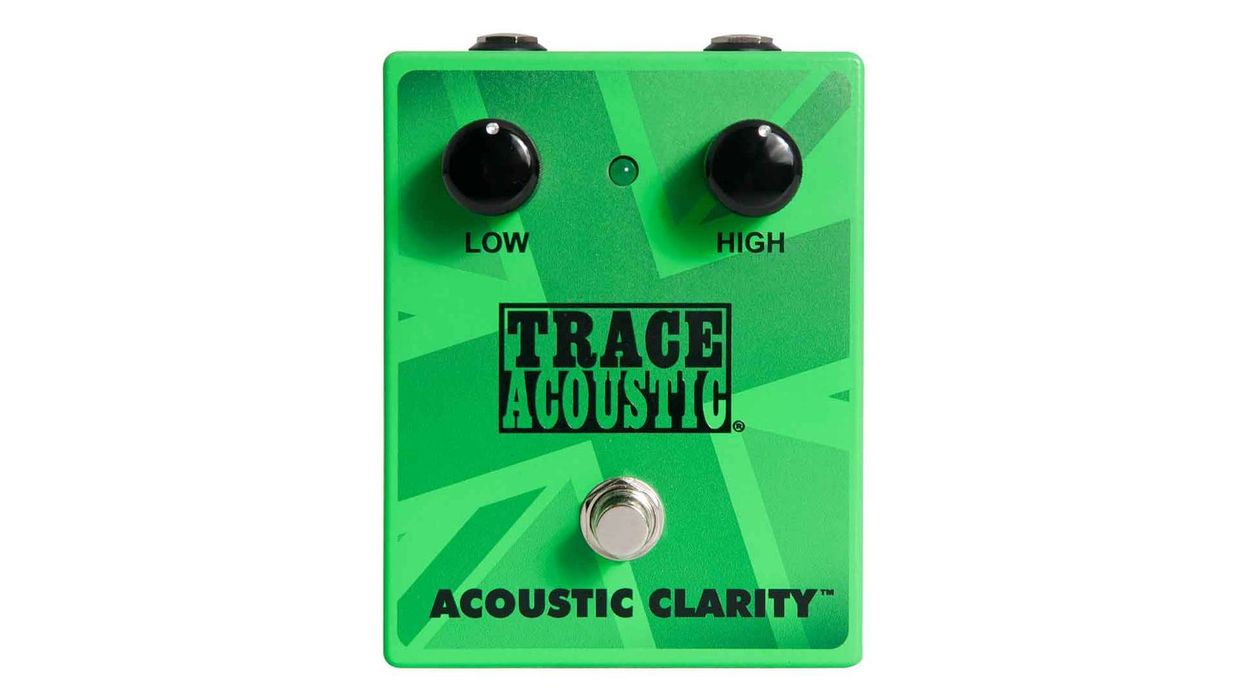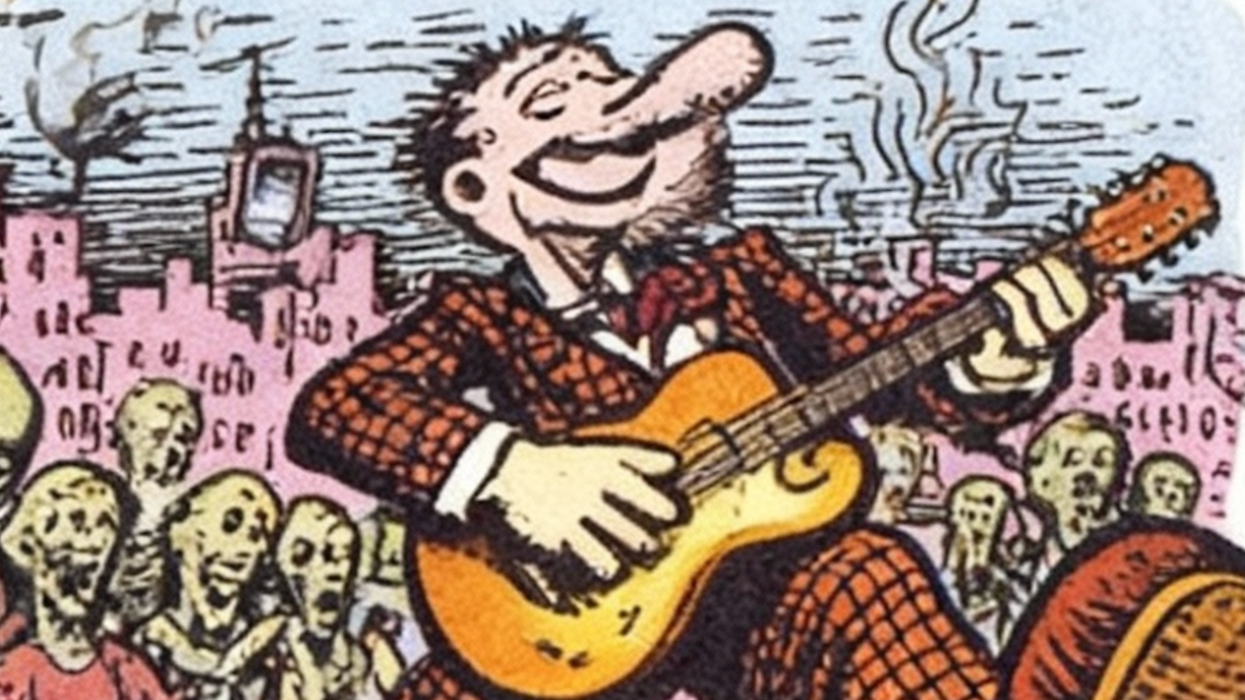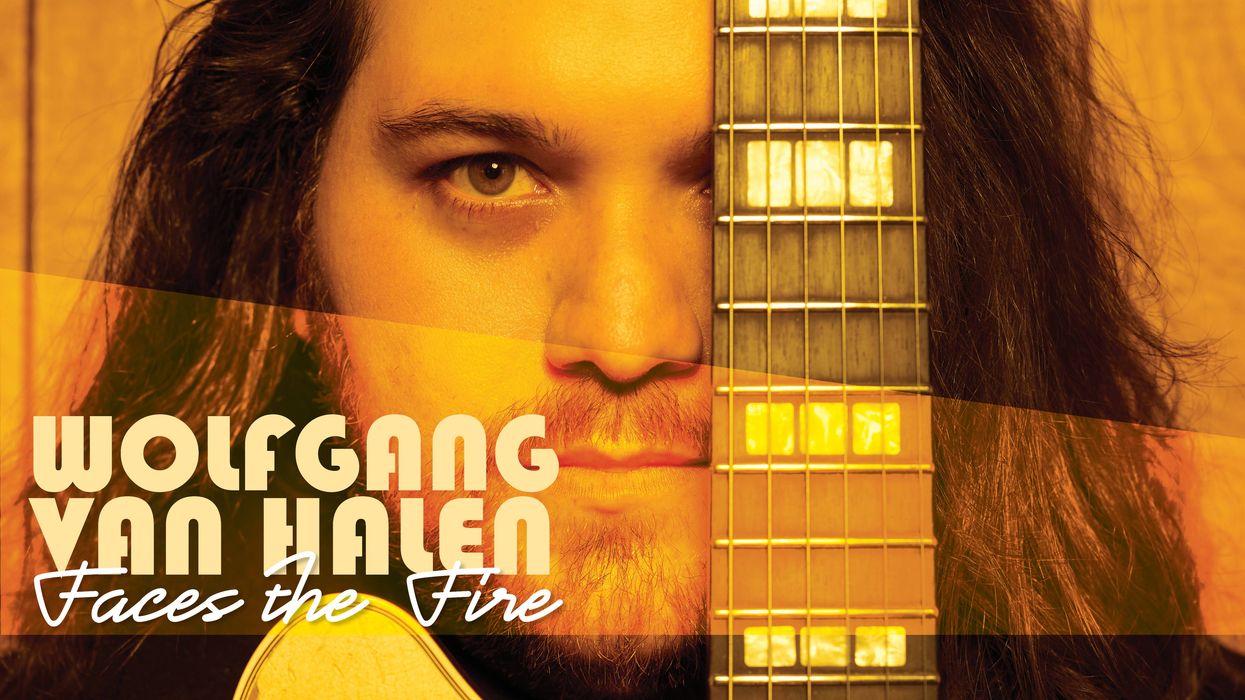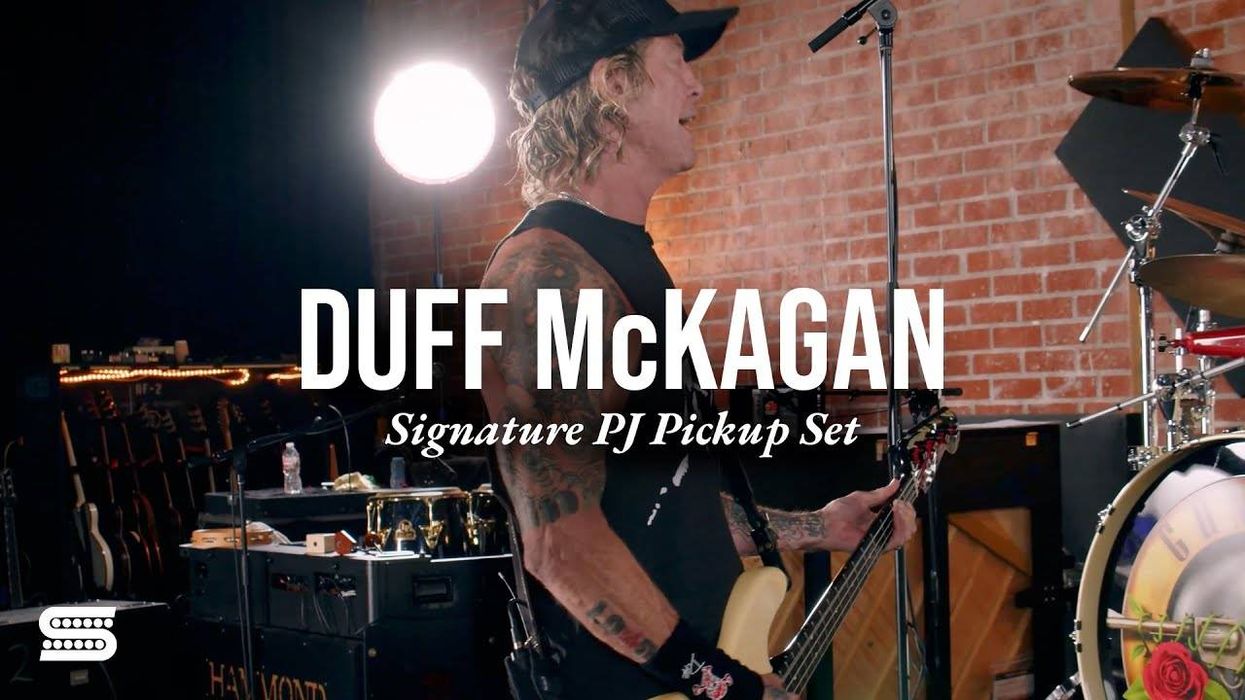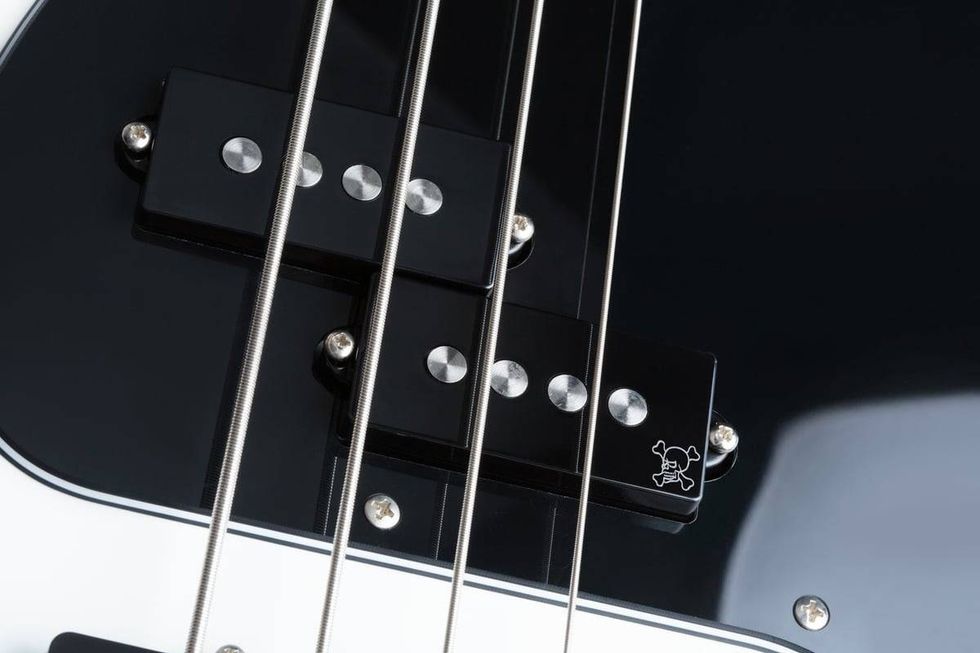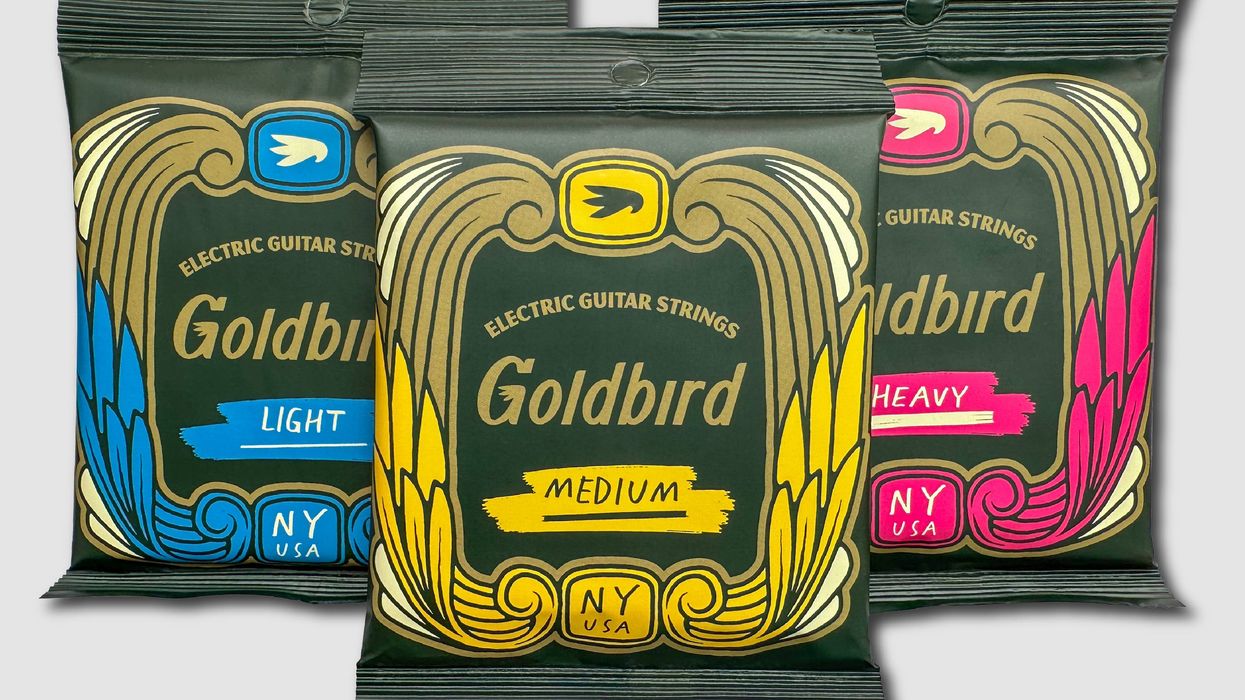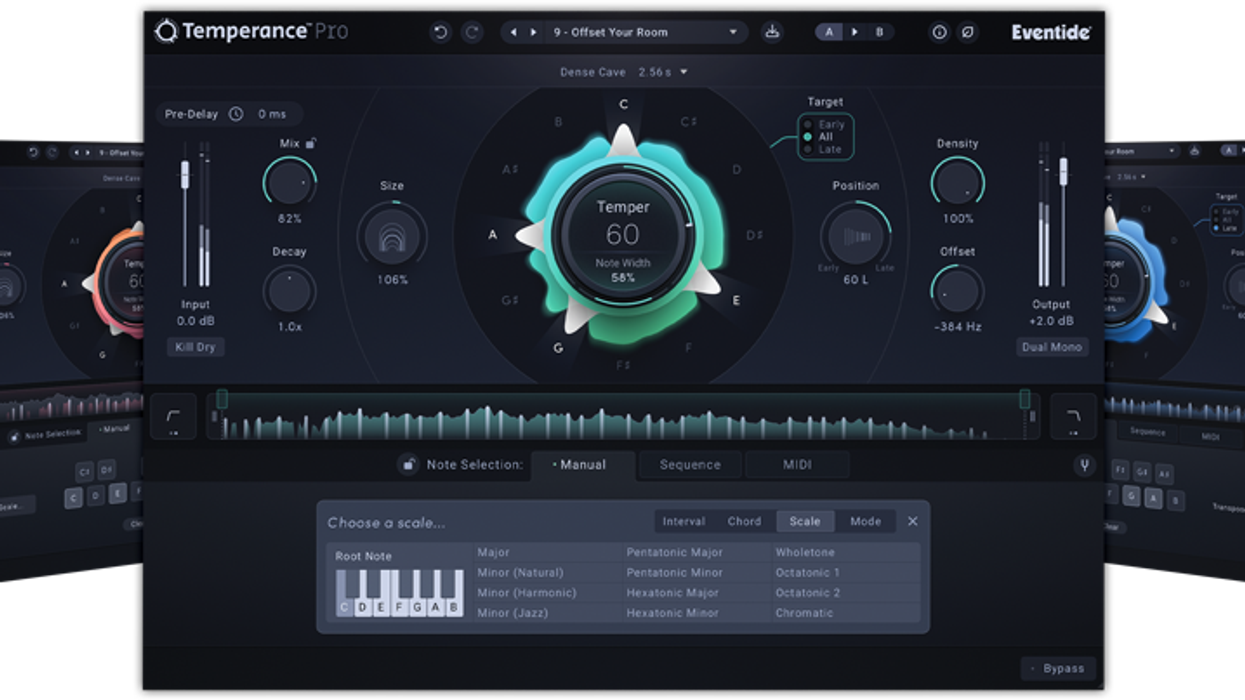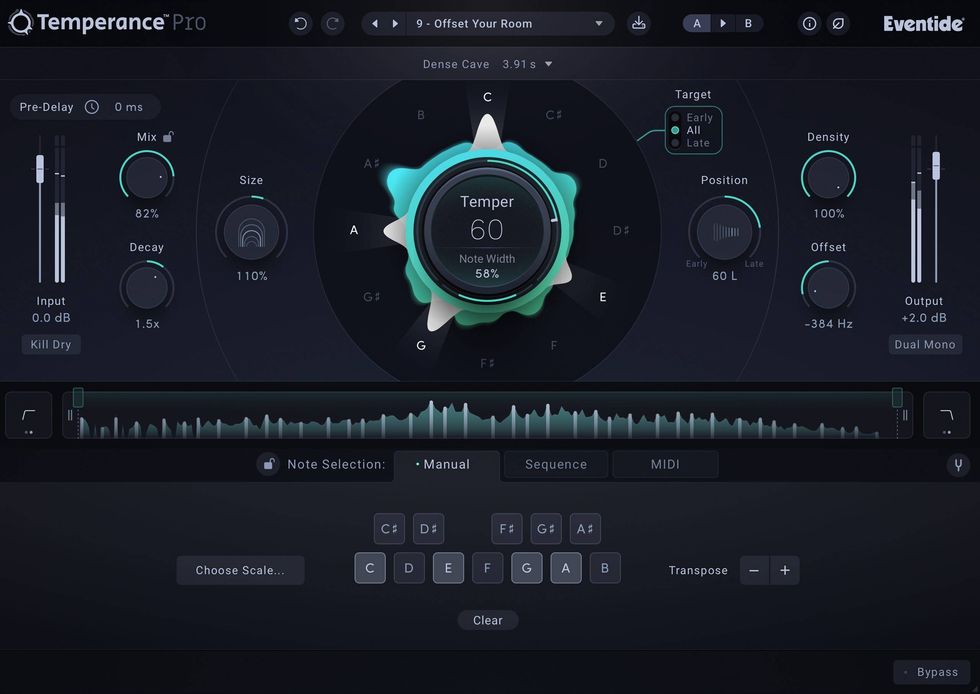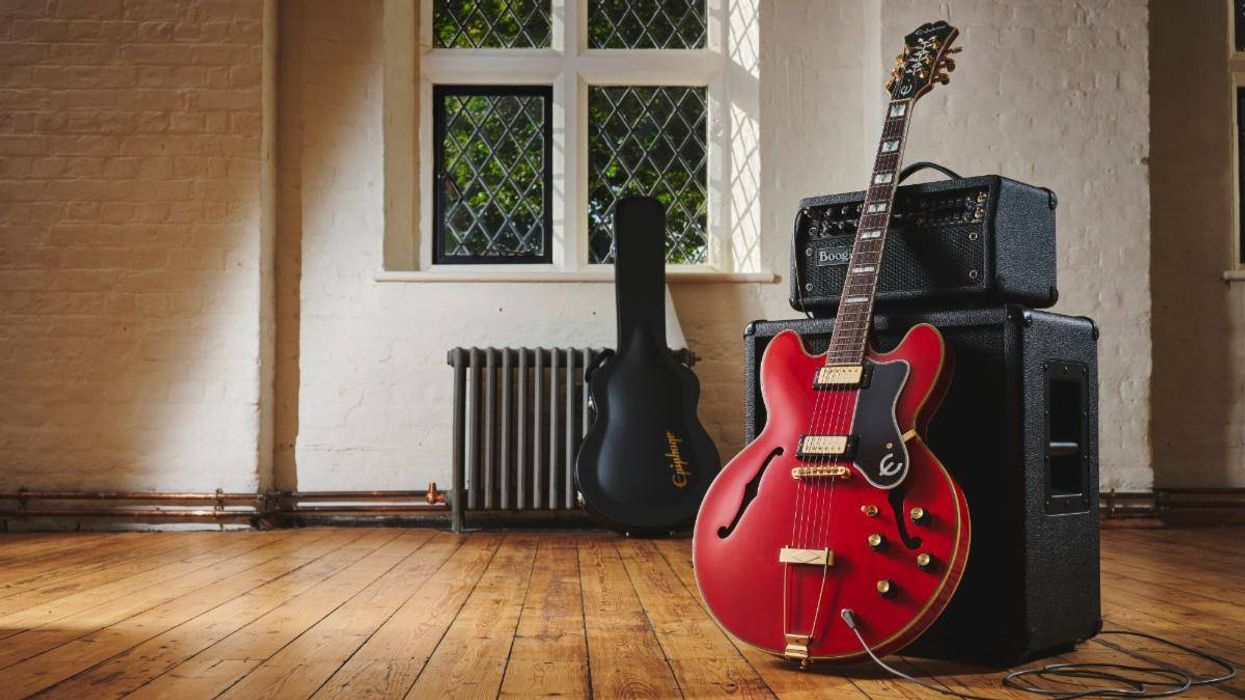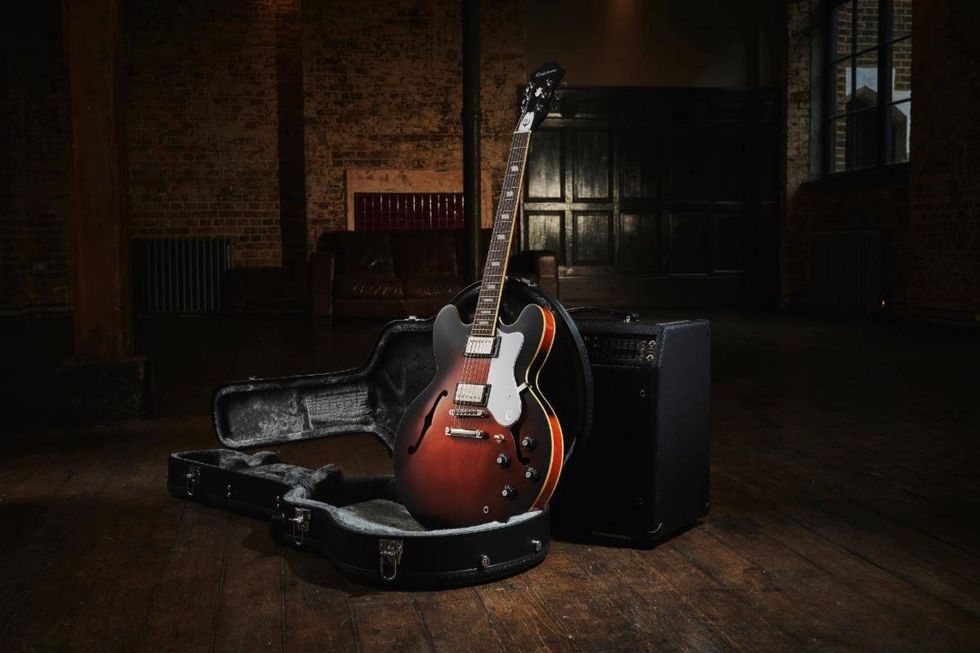Evolved from the SL-20 Slicer, the SL-2 provides expanded capabilities while shrinking the size to the pedalboard-friendly Boss compact format.
Boss announces the SL-2 Slicer, the latest addition to the company’s legendary compact pedal lineup. This original Boss effect chops sound into unique percussive patterns—including many processed with internal filters and effects—and provides multiple output options that bring grooves to life across the stereo field. Offering 88 onboard patterns, MIDI control support, and additional patterns via the Boss Tone Studio app, the SL-2 is an inspiring tool for all types of creators, from guitarists and keyboardists to loop performers, DJs, beatmakers, and beyond.
The SL-2 has 88 onboard memories preloaded with eight pattern types and 11 variations. Users can connect to Boss Tone Studio over USB to audition and load alternate patterns and organize memory setups for different songs.
With the SL-2’s efficient interface, users can dial in sophisticated textures in seconds. Attack and Duty knobs provide waveform control for a wide range of audio effects, from hard, percussive chops to soft, fluttering tones. The tempo can be adjusted with a dedicated knob or hands-free by holding the pedal switch to enable tap tempo mode. A Balance knob and +/-12 dB of output level adjustment provide complete command of the direct/effect mix.
The SL-2 dishes up loads of impressive sounds with a standard mono setup. But things get even better when using the two outputs and seven output modes. Players can surround listeners in animated movement using a variety of stereo and 3D processing options, and it’s also possible to send direct and effect sounds to different destinations. And with its stereo input, the SL-2 can be used with other stereo pedals to bring further magic to grooves.
With its generous external control options, the SL-2 flows with any creative setup. Connecting an external footswitch provides instant tap tempo access or the ability to engage the effect with momentary presses. Alternatively, an expression pedal can be used to control knob parameters or the overall level. With the TRS MIDI input, users can sync SL-2 grooves to a drum machine, DAW, or any other device that sends MIDI clock. It’s also possible to control expression, tempo, and bypass functions via MIDI CC messages.
Boss SL-2 Slicer Audio Pattern Processor Pedal
- Single and Dual: These modes are relatively self explanatory. Single has one slicer; Dual has two slicers operating at the same time.
- Tremolo: The SL-2’s tamest setting, this mode is about as close to traditional tremolo as the SL-2 can get!
- Harmonic: This mode brings in wild modulation, adding even more complexity to your rhythmic experimentation.
- SFX: Perhaps the most peculiar mode, SFX introduces additional effects to your signal depending on which sub-mode you choose.
For more information, boss.info.
